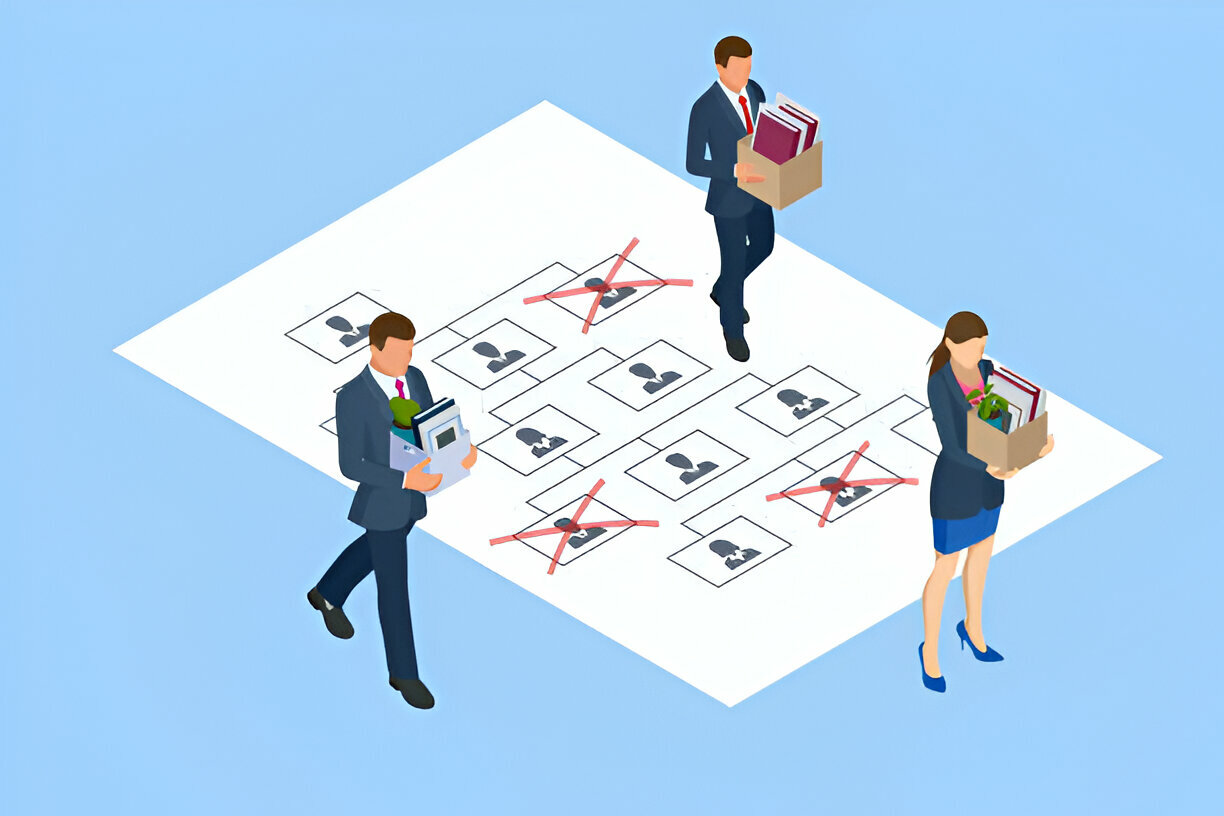From the October 2018 Issue.
Engagement with clients and leveraging your brand is done easier and made stronger with bots. This emerging technology has promise today and in the future. While applying some Bot technology may be more technically difficult for you to apply without outside assistance, others are largely prepared and available for little or no charge. Further, we don’t expect vendors to have canned bot applications broadly available for the practice of accounting, although one of our favorite examples is a robotic bookkeeper that has been written to reduce bookkeeping effort by automating repetitive tasks.
Some bots communicate with other users of Internet-based services, via instant messaging (IM), Internet Relay Chat (IRC), or another web interface such as Facebook bots and Twitterbots. The history of social botting can be traced back to Alan Turing in the 1950s and his vision of designing sets of instructional code that passes the Turing test. From 1964 to 1966, ELIZA, a natural language processing computer program created by Joseph Weizenbaum operated as a simple Bot and was able to perform simple, although “mechanical” interactions with users. A number of companies have taken advantage of the interactive tool Slack and added a number of bots that have been created to augment the capability of Slack.
Like all the emerging technologies we have covered in these emerging technology columns, bots has pros and cons.
On the positive side:
- Bots are a software application that runs automated tasks (scripts) over the Internet
- Bots perform tasks that are both simple and structurally repetitive, at a much higher rate than would be possible for a human alone
- Some bots are “good” – e.g. search engine spiders – while others can be used to launch malicious and harsh attacks, most notably, in political campaigns
On the down side:
- The most widely used anti-bot technique is the use of CAPTCHA, which is a form of Turing test used to distinguish between a human user and a less-sophisticated AI-powered bot. You’ve probably done this where you have to match all the pictures of bridges or all the pictures containing a flower or a sign to validate your login to a web site.
- Security can be questionable with the wrong authoring tool set
- Interruption by the Bot could be an aggravation rather than a help
And there are clearly some risks, with some bots being particularly bad:
- Spambots that harvest email addresses from contact pages
- Downloader programs consuming bandwidth by downloading entire websites
- Website scrapers that grab the content of websites and re-use it without permission on automatically generated doorway pages
- Viruses and worms
- DDoS attacks
- Botnets, zombie computers, etc.
Why
Some bots (and for that matter progressive web apps…which need to be covered in another article!) are replacing the apps that we have grown accustomed to on our mobile phones, tablets, computer and web sites. There are many reasons why this is happening: users like messenger apps, users are getting tired of apps, bots are more human than apps, bots are simpler and faster than apps, bots are cheaper, brands want bots and frankly bots are great!
Bots: are able to take orders (1-800-Flowers, Pizza Express, TacoBot), provide information on request (Skyscanner), provide personalized tips (Sephora, H&M), provide Real-time updates (Bank of America), lead users through purchases (Spring), enable users to print documents (HP), and connect with real doctors (HealthTap).
Developers are finding that integrating with bots provide them new capabilities with less effort. Examples here include: Amazon Lex, Facebook Messenger bot builders, a Bot connection for Office 365 Outlook. Further, you can build your own Slack bot in five minutes – see Zapier Blog.
What?
Chatbot platforms vary widely. DataMonsters has a comparative ChatBot Table that compares 25 mostly free Chatbot platforms. You can choose proprietary suites with bots, among them are: ChattyPeople, MEOKAY, Smooch, Botsify, Beep Boop, Chatfuel, Facebook Messenger Platform, Telegram Bots, BotKit and FlowXO.
For more information about building bots, consider the following references:
- https://dev.botframework.com/
- https://docs.microsoft.com/en-us/bot-framework/bot-service-design-pattern-embed-app
- https://www.entrepreneur.com/article/289788
- https://zapier.com/blog/how-to-build-chat-bot/
In addition, the following links will provide more introduction into the world of bots:
- Agent-based model (for bot’s theory and background)
- BotList index of bots
- Botnet
- Brilliant Bots for Slack
- Comparison of Internet Relay Chat bots
- Facebook Bots
- IRC bot
- Social bot
- Software agent
- Spambot
- Twitterbot
- UBot Studio
- Votebots
- Wikipedia:Bots – Bots on Wikipedia
How?
So how do the bots approach work? Explaining bots is a lot like explaining apps. “There’s an app for that,” could easily become “there’s a Bot for that.” Bots are used to buy up good seats for concerts, particularly by ticket brokers who resell the tickets. Bots are often used in Massively Multiplayer Online role playing games to farm for resources that would otherwise take significant time or effort to obtain; this is a concern for most online in-game economies. Bots are also used to increase views for YouTube videos to show “popularity” and improve ranking. Bots are used to increase traffic counts on analytics reporting to extract money from advertisers, which has been shown to be as high as 54%. Bots may be used on internet forums to automatically post inflammatory or nonsensical posts to disrupt the forum and anger users.
What does this mean to the practice of accounting and to accountants? We have several working examples available:
- Hilton Connie
- Sage Pegg
- Zoho Ask Zia – will retrieve accounting data based on request
- Botkeeper – the first robotic bookkeeper using AI and ML
- SlickPie – MagicBot A.I. – automated receipt data entry tool (bot) as part of their free accounting and invoicing
- Thousands of Slack Bots
Here’s a summary of what you need to know about bots:
|
Key Information |
TECHNOLOGY: Bots |
|
Why is the new technology better? |
Engagement with brand and community is stronger supported by cloud resources like AI and ML |
|
How can you do this today? |
|
|
Risks |
Security backdoors, aggravation of clients |
|
Where/when to use |
When questions and answers are routine |
|
How much? |
Most tools are free or low cost, and bots are less expensive to develop than apps |
|
When expected in mainstream |
Arriving now, more sophisticated in two years |
|
Displaced technology or service |
Mobile apps and low-level customer service reps |
|
Other resources |
Implementing bots can take repetitive work and make it easier. Bots can assist with routine tasks that are part of our daily workflows.
Recommended Next Steps
Bots are here to stay. Just like you learned about apps when smartphones started to arrive, bots have been around before smartphone apps, and are gaining momentum with more cloud-based services guaranteeing them a bright future. While bots have been used for malicious and illegal activities, many are used for good. One of your biggest risks is that the bot development platform that you select may harvest valuable information from your client information, and most of you probably don’t want that. The simple advice here is don’t use that tool! However, this harvesting disclosure is often buried in a license agreement you haven’t read. For bots, you need to make sure someone has read the fine print initially, and every time a license agreement is updated. If you don’t think there are consequences, simply think Facebook and Cambridge Analytica. We’ve tried to give you enough background that you can understand some of the fundamentals of the bots opportunity. How can you use bots for both business and personal productivity gains?
Thanks for reading CPA Practice Advisor!
Subscribe Already registered? Log In
Need more information? Read the FAQs




